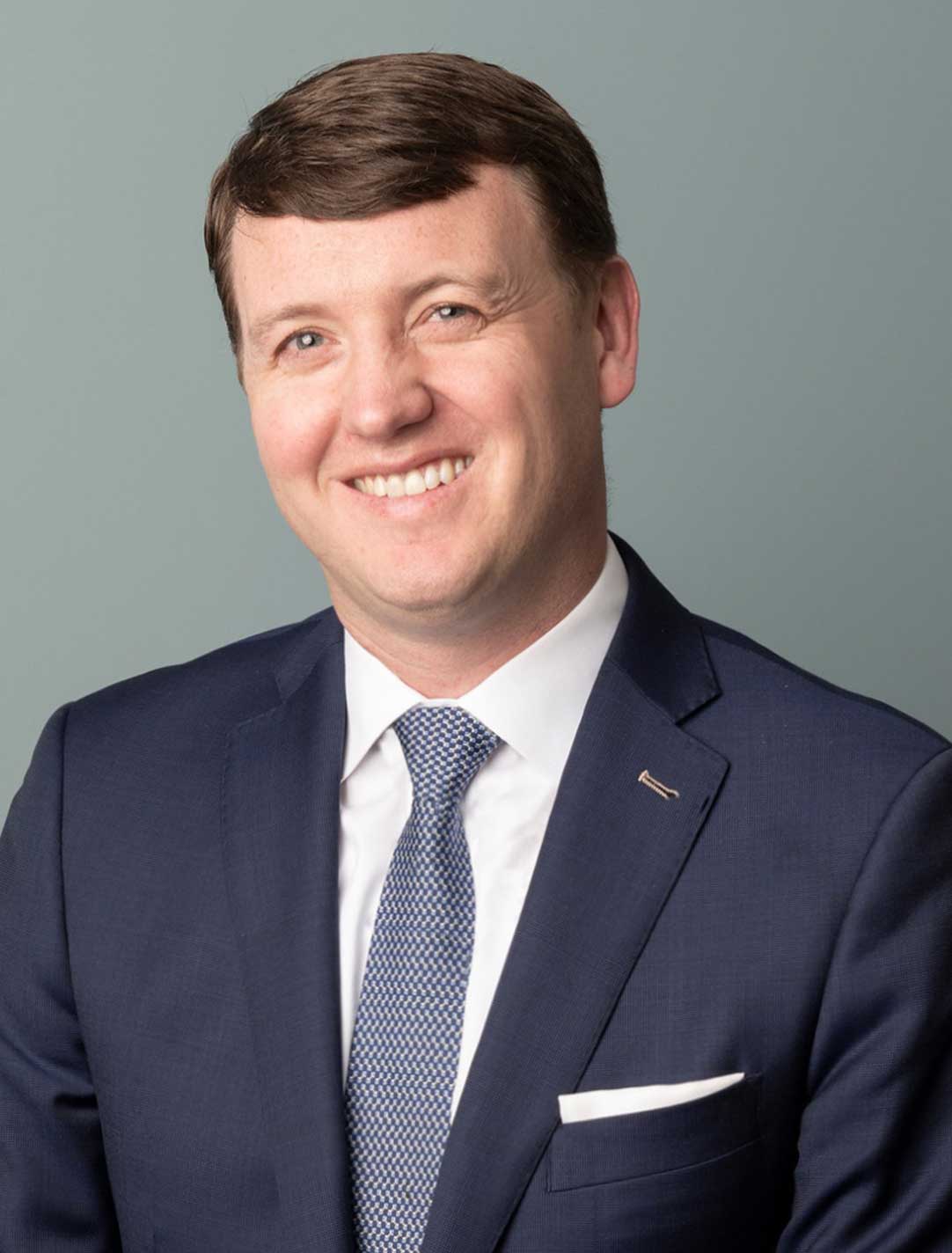ACL Injuries
The anterior cruciate ligament is one of the major stabilizing ligaments in the knee. It is a strong rope like structure located in the center of the knee running from the femur to the tibia. When this ligament tears unfortunately it does not heal and often leads to the feeling of instability in the knee. ACL reconstruction is a commonly performed surgical procedure and with recent advances in arthroscopic surgery can now be performed with minimal incisions and low complication rates.
Function
The ACL is the major stabilizing ligaments in the knee. It prevents the tibia (Shin bone) moving abnormally on the femur (thigh bone). When this abnormal movement occurs, it is referred to as instability and the patient is aware of this abnormal movement.
Often other structures such as the meniscus, the articular cartilage (lining the joint) or other ligaments can also be damaged at the same time as a cruciate injury & these may need to be addressed at the time of surgery.
History of Injury
Most injuries are sports related involving a twisting injury to the knee. It can occur with a sudden change of direction, a direct blow e.g., a tackle, landing awkwardly. Often there is a popping sound when the ligament ruptures and swelling usually occurs within hours. There is often the feeling of the knee popping out of joint. It is rare to be able to continue playing sports with the initial injury. Once the initial injury settles down the main symptom is instability or giving away of the knee. This usually occurs with running activities but can occur on simple walking or other activities of daily living.
Diagnosis
The diagnoses can often be made on the history alone. Examination reveals instability of the knee, if adequately relaxed or not too painful. In many cases the knee is drained with a needle. If there is blood in the knee with the history of an injury with a “knee pop” then this is consistent with an ACL injury. An MRI (Magnetic Resonance Imaging) can be helpful if there is doubt as well as to look for damage to other structures within the knee such as the meniscus, cartilage, or other ligaments. At times, the final diagnoses can only be made under anesthetic or with an Arthroscopy.
Treatment
Initial treatment includes:
- Rest
- Ice
- Elevation
- Bandage
Long term treatment includes:
- Not everyone needs surgery. Some people can compensate for the injured ligament with strengthening exercises or a brace. It is strongly advised to give up sports involving twisting activities, if you have an ACL injury. Episodes of instability can cause further damage to important structures within the knee that may result in early arthritis.
Indications for Surgery
- Young patients wishing to maintain an active lifestyle.
- Sports involving twisting activities e.g., Soccer, netball, football Giving way with activities of daily living.
- People with dangerous occupations e.g., Policemen, firemen, roofers, scaffolders.
- It is advisable to have physiotherapy prior to surgery to regain motion and strengthen the muscles as much as possible.
Surgery
Most often when the ACL is torn it must be replaced or reconstructed; it cannot simply be repaired. In rare instances the ACL maybe attempted to be repaired but this has higher risks of retear.
To reconstruct the ACL, small tunnels in the femur and tibia are made and replacement tendon is placed in the tunnels. The tissue is fixed with screws or suspended by buttons to fix the new ACL in the bones to restore the normal knee stability.
Recovery
After surgery, patients will work with physical therapists and trainers in a phased recovery of the knee. The phases or steps of physical therapy include:
- Acute Healing – 0-2 weeks
- Incision healing
- Early Full Extension
- Gait training
- Quadriceps Control – 0-6 weeks
- Full active range of motion
- Normal gait with reasonable weight tolerance
- Minimal pain and effusion
- Develop muscular control for controlled pain free single leg lunge
- Avoid hamstring strain
- Hamstring/Quadriceps Strengthening – 6-12 weeks
- Begin specific hamstring loading
- Increase total leg strength
- Promote good quadriceps control in lunge and hopping activity in preparation for running
- Sport Specific – 3-9 months
- Improve leg strength and endurance
- Develop Running Program
- Restoration of dynamic stability (side to side, rotation and jumping).
- Prepare for return to sport and recreational lifestyle
- Return to sport – 6-9 months
- Depending on your sport Dr. Faucett will clear you to safely return to sport.
Summary
Anterior Cruciate Ligament reconstruction is a common and highly successful procedure. In the hands of experienced surgeons who perform a lot of these procedures 95% of people have a successful result. It is generally recommended in the patient wishing to return to an active lifestyle especially those wishing to play sports involving running and twisting.
The above information hopefully has educated you on the choices available to you, the procedure and the risks involved. If you have any further questions you should consult with Dr. Faucett.
At a Glance
Dr. Scott Faucett
- Internationally Recognized Orthopedic Surgeon
- Voted Washingtonian Top Doctor
- Ivy League Educated & Fellowship-Trained
- Learn more



